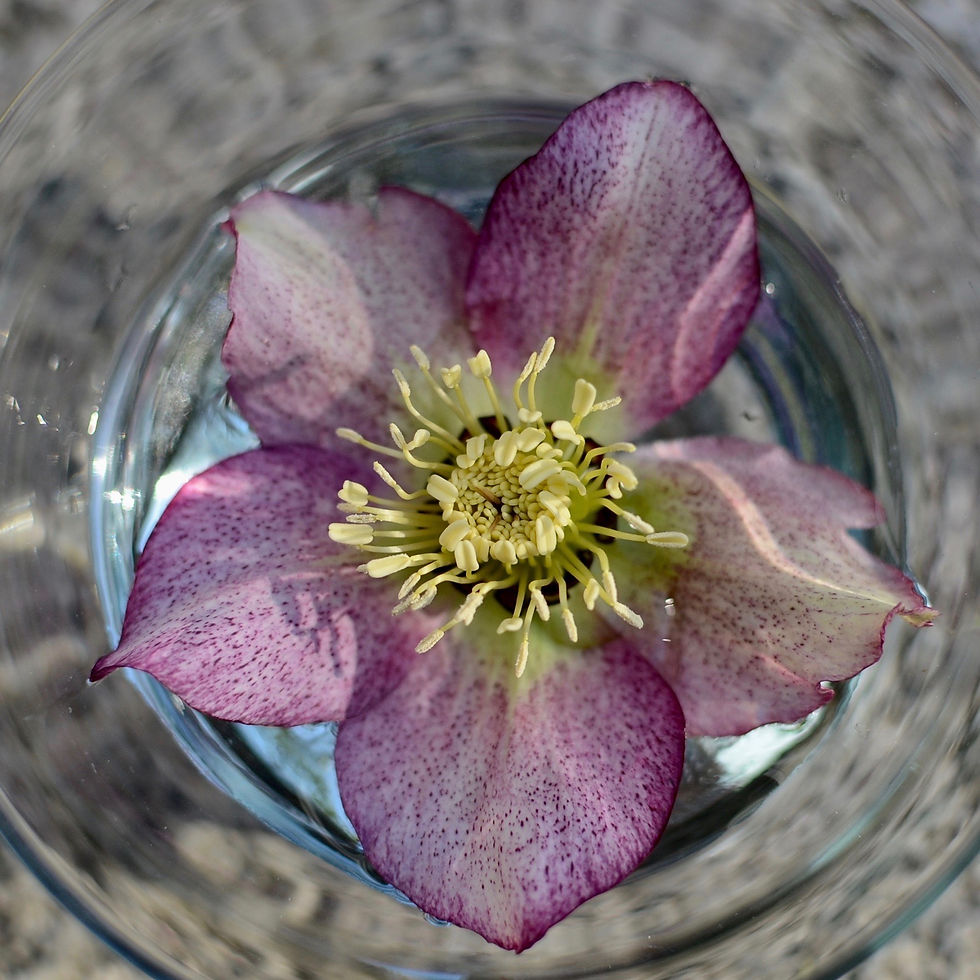
When the witch-hazel and hellebores bloom in early March, there is no denying that spring is finally coming. After a long winter cooped up inside, it is so satisfying to venture out into the garden on a mild day with a pair of snippers and a pruning saw.

March is the best time to prune woody plants, while they are still dormant, and before the foliage hides the plant's structure. Larger pruning jobs should be left to a professional arborist, but homeowners can safely prune shrubs and young, lower growing trees. Here are some guidelines to try to remember when pruning your own plants.
Most cuts should be designed to remove dead or diseased wood, and thin out crowded or crossing branches. Generally try to cut back to a joining branch, rather than partway along a branch, even when trying to manage plant height. This will produce a more natural shape and a healthier plant.
If pruning a young tree, work to encourage a single, dominant "central leader" and remove any branch that is 1/2 the diameter or larger than the central trunk to discourage competing leading branches that can weaken the tree over time.
For better fruiting apple trees, aim to increase air circulation and light all around the tree. Work to establish well spaced "scaffold" branches that are oriented horizontally (with a branch to trunk angle of 60-90 degrees) and evenly around the trunk of the tree. Scaffold branches should also be spaced vertically along the trunk, 8-12" apart, rather than originating near one another along the trunk. Remove dead, diseased and crossing branches, and any suckers growing at the base of tree. Prune back the top of tree to a live bud to keep the overall height within reach, and also prune scaffold branches this way, as needed to keep them lower than the central leader.
As the month progresses and the ground thaws, try to avoid digging in the garden or stepping on the lawn when the ground is still wet. Wet soil is more prone to compaction, and taking care of your soil is one of the most important things you can do in your garden.
Towards the second half of the month is a good time to start cleaning up garden beds. Pull back mulch from plant crowns and cut back plants left for winter interest. Wait to cut back tender woody plants such as Caryopteris, Lavendar, & Perovskia until new growth is evident.
In the Veggie Garden:
Plan the layout of your vegetable garden, remembering to rotate crops to new positions. It is a good practice to avoid planting vegetables from the same plant family in the same spot year after year, and a 3 year rotation is recommended.
Start cabbage, broccoli, cauliflower & lettuce seeds indoors in early March.
Wait till the end of the month to start tomatoes, eggplant, peppers, parsley and fennel indoors
Plant onion seeds outdoors as soon as the soil can be worked (i.e. it is not too wet!)
Plant peas and spinach outdoors when the daffodils bloom (in late March).

Indoors:
Continue to cut and force branches of spring flowering trees and shrubs for indoor bouquets
Repot houseplants, using fresh soil
Rue Sherwood Landscape Design creates custom gardens and landscapes throughout the North Shore, from design through installation. Learn more about our services and explore our gallery of projects to see some of our recent work.
Contact us to help you create comfortable outdoor spaces for you to enjoy with friends and family.

Comments